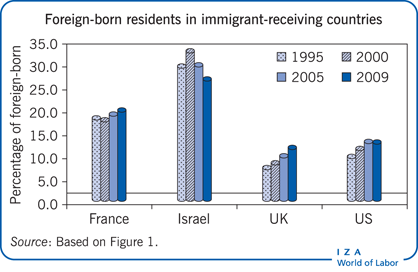Elevator pitch
Empirical studies have found that achieving superdiversity—a substantial increase in the scale and scope of minority ethnic and immigrant groups in a region—can provide certain economic benefits, such as higher levels of worker productivity and innovation. Superdiversity can also provide a boost to local demand for goods and services. Other studies have found that these benefits can be compromised by political and populist anxieties about ethnic, religious, and linguistic diversity.

Key findings
Pros
Studies find a diversity dividend of higher productivity and innovation for regions and cities with large immigrant populations.
Diversity creates an environment for the cross-fertilization of ideas that contributes to creativity and innovation.
Investments and increased local aggregate demand created by diversity encourage product and process innovation.
Superdiversity reflects and contributes to new global connections and a local or international cosmopolitanism.
Cons
Superdiversity challenges the assumptions and practices of a shared civic culture and citizenship, and raises concerns about social cohesion.
Anxieties about the growing diversity of labor markets and communities have been associated with discrimination and anti-immigrant politics.